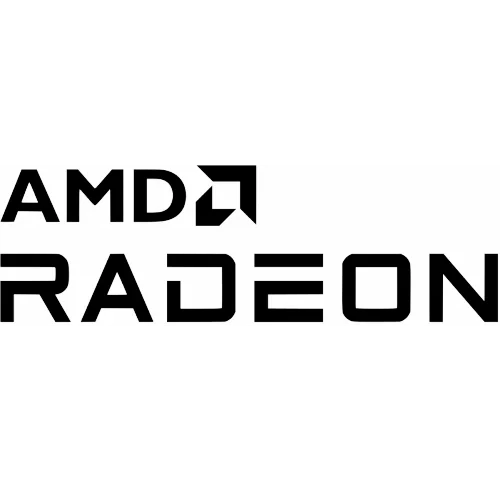AMD To Enable Seamless Boot Across Modern Radeon Graphics Hardware

AMD Linux engineer Mario Limonciello posted a set of patches for enabling AMD Seamless Boot on more hardware. In particular, opening Seamless Boot up to all DCN 3.0+ hardware. Thus all the newest AMD Radeon RDNA2 and RDNA3 GPUs with Display Core Next 3.0 and newer would be able to enjoy this (ideally) flicker-free boot experience.
DCN 3.0 has been around since the Radeon RX 6000 (RDNA2) graphics processors while newer AMD integrated and discrete graphics have continued iterating on the DCN 3.x IP.
"Seamless boot allows keeping the content on the framebuffer from pre-boot so the screen doesn't get "painted black" during boot process.
Ideally the flow looks like:
* UEFI F/W posts vendor logo
* GRUB doesn't show anything, but silently continues
* Plymouth starts and adds OS logo to bottom and spinner
* Simple DRM loads, no mode changes
* amdgpu loads, no mode changes
* Spinner keeps spinning
* GDM starts up
Previously this was only enabled on Van Gogh, but this series enables the functionality more widely onto DCN3.0+."
The patches are out for review and with some luck will hopefully make it for Linux 6.7. The patches also allow setting amdgpu.seamless=1 if wanting to try force-enabling AMD Seamless Boot behavior on older Radeon graphics.
24 Comments

